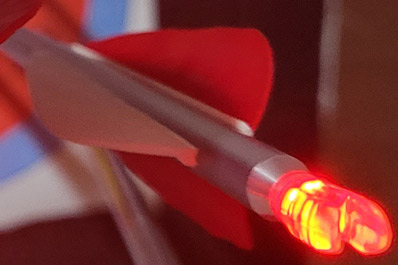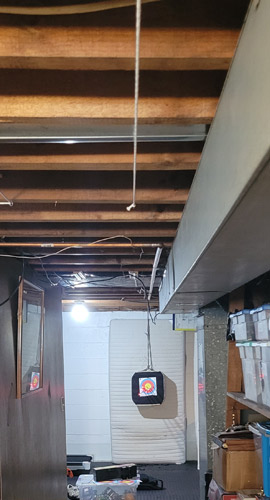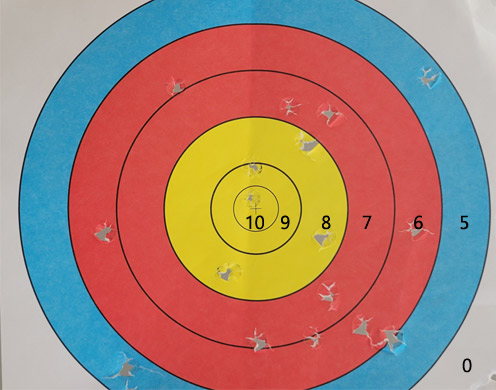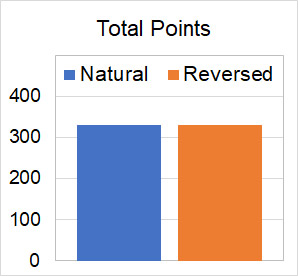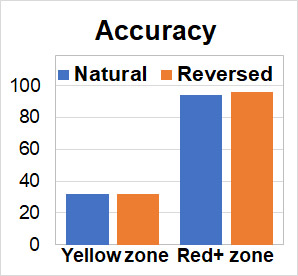
PURPOSE:
For years, many years, 10s of 1000s of years, sticks were placed on strings and sent far far away. The arrows typically have 3 feathers spaced evenly apart. To make putting the arrow in the bow easier, one of the feathers is given a different color than the other two. This feather is then placed pointing towards the archer. But as it is said, nothing good in life is easy. In this experiment, ScientificAmeriKen rotates the arrow, pulls back, and lets fly!
HYPOTHESIS:
When the arrow sits appropriately on the bow, the two feathers are angled away from the bow and do not really come in contact. By rotating the arrow, the off-colored feather now is perpendicular to the bow -this has to cause problems! It is therefore the hypothesis of this experiment that rotating the arrow will reduce accuracy.
MATERIALS AND METHODS:
Used for this experiment was a 40LB recurve bow, shot in the basement, with approximately 11 yards of distance to target (32 feet). Fifty shots were taken for each condition, with 10 or 20 arrows per fresh target. Points we calculated based off the below figure, with 10 points for the center and declining 1 point for each ring after. Accuracy was also determined by percentage of shots in the yellow area and yellow+red areas out of the total shots taken.
RESULTS:
As seen in the first graph, total points were exactly even regardless of shooting set-up, with 329 points for both. This averages about 6.5 points per arrow. With regards to accuracy, both styles were equal with yellow zone accuracy being 32, while red zone accuracy was 94% natural versus 96% for reversed.
CONCLUSION:
The data herein demonstrate that how one places the arrow on the bow did not have a significant effect on the accuracy. Although this does not take into account the possibility that the tremendous expertise of the archer may have subconsciously been correcting for any loss of accuracy induced by placing arrows in reverse. Upon further investigation the most significant reason is the risk of the feather being harmed by contacting the bow (Link here) - yet the story gets even more intriguing with the introduction of the "Archers Paradox". In short, the bending of the arrow may actually allow the feathers to get around the bow without hitting it. Thus, despite the science saying there is no difference in how one prepares for their shot, tradition should never be messed with, and for ScientificAmeriKen that means the proper nocking will continue!
